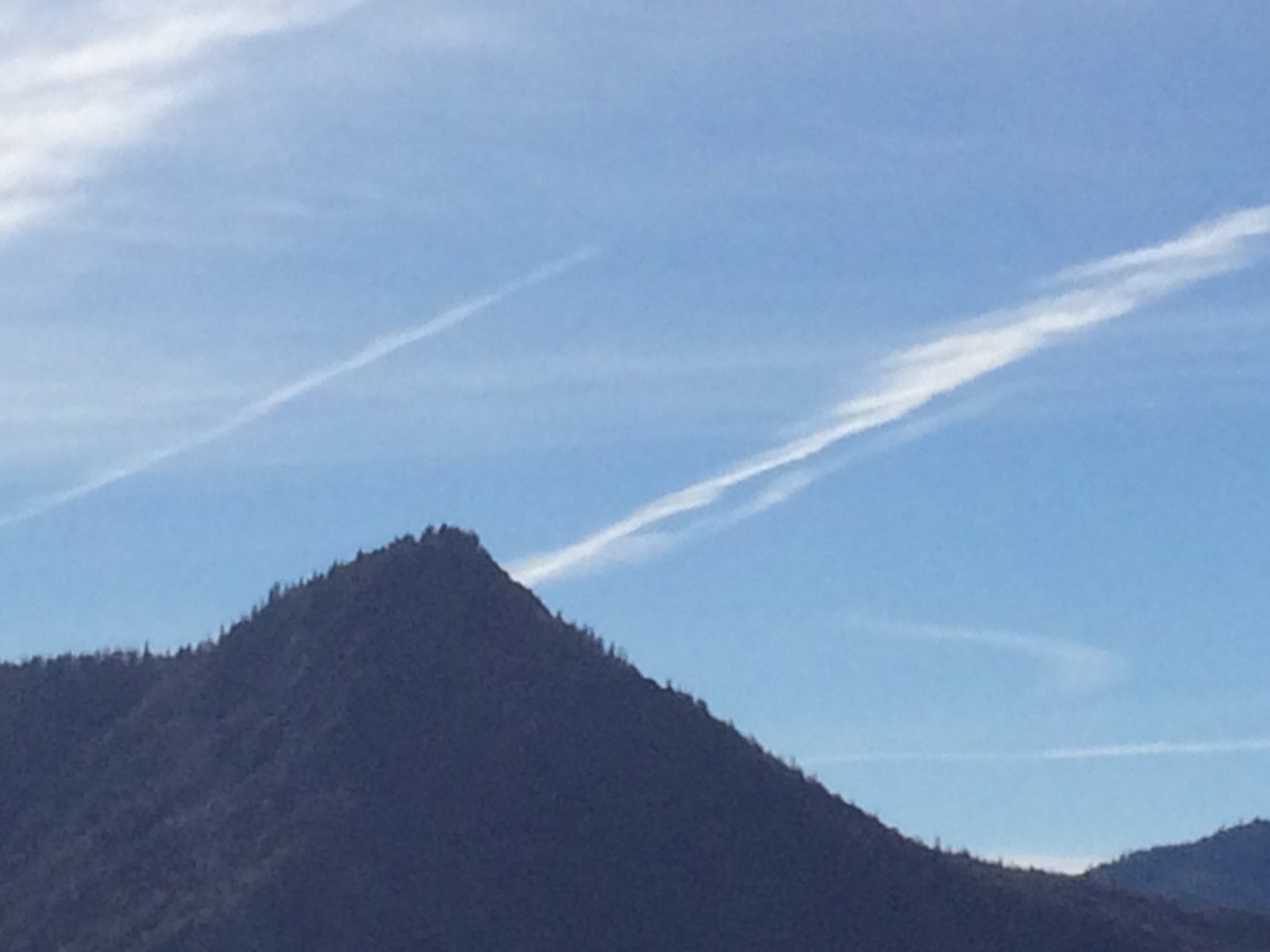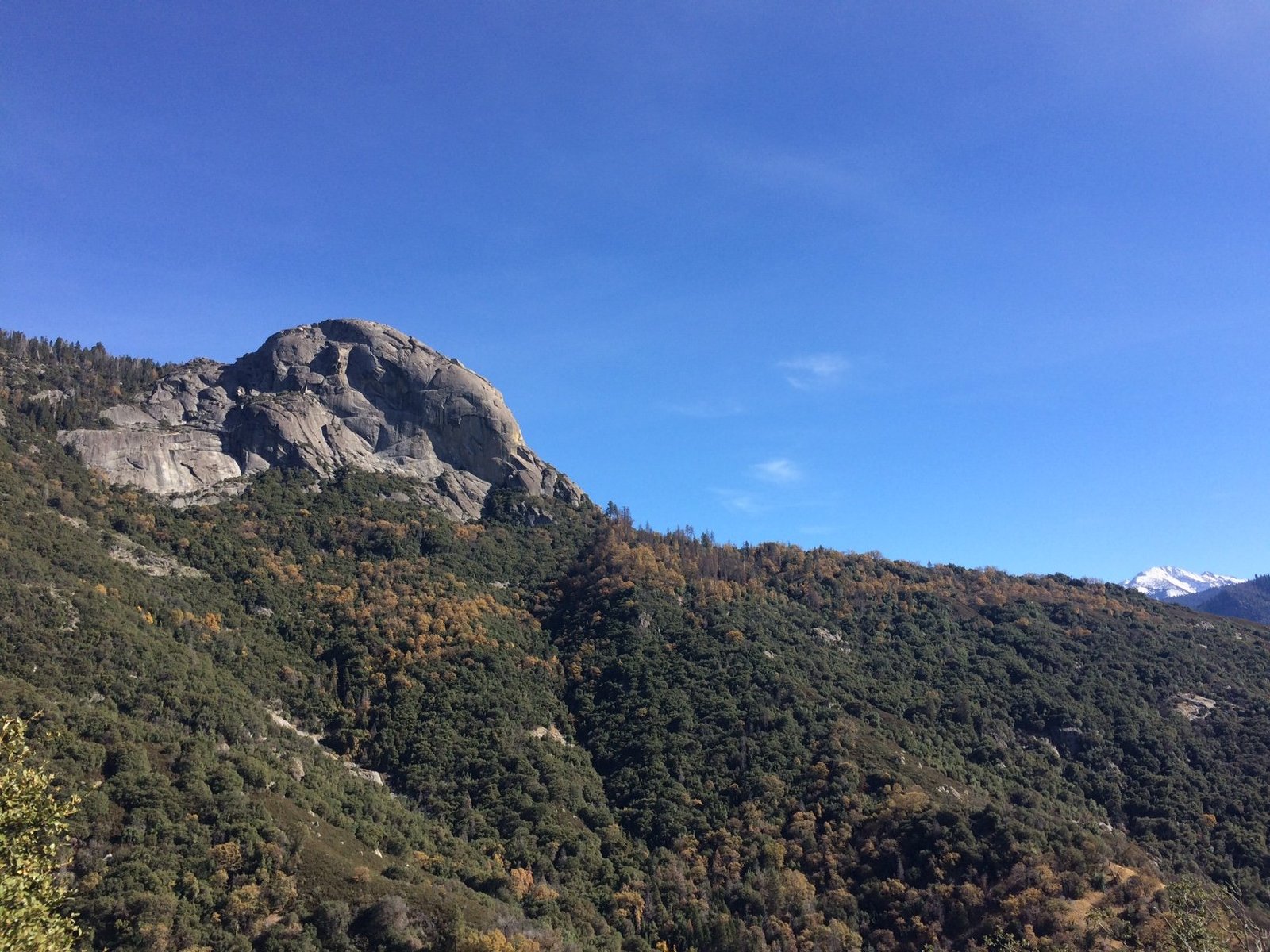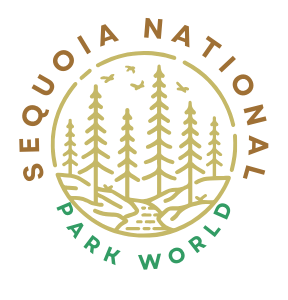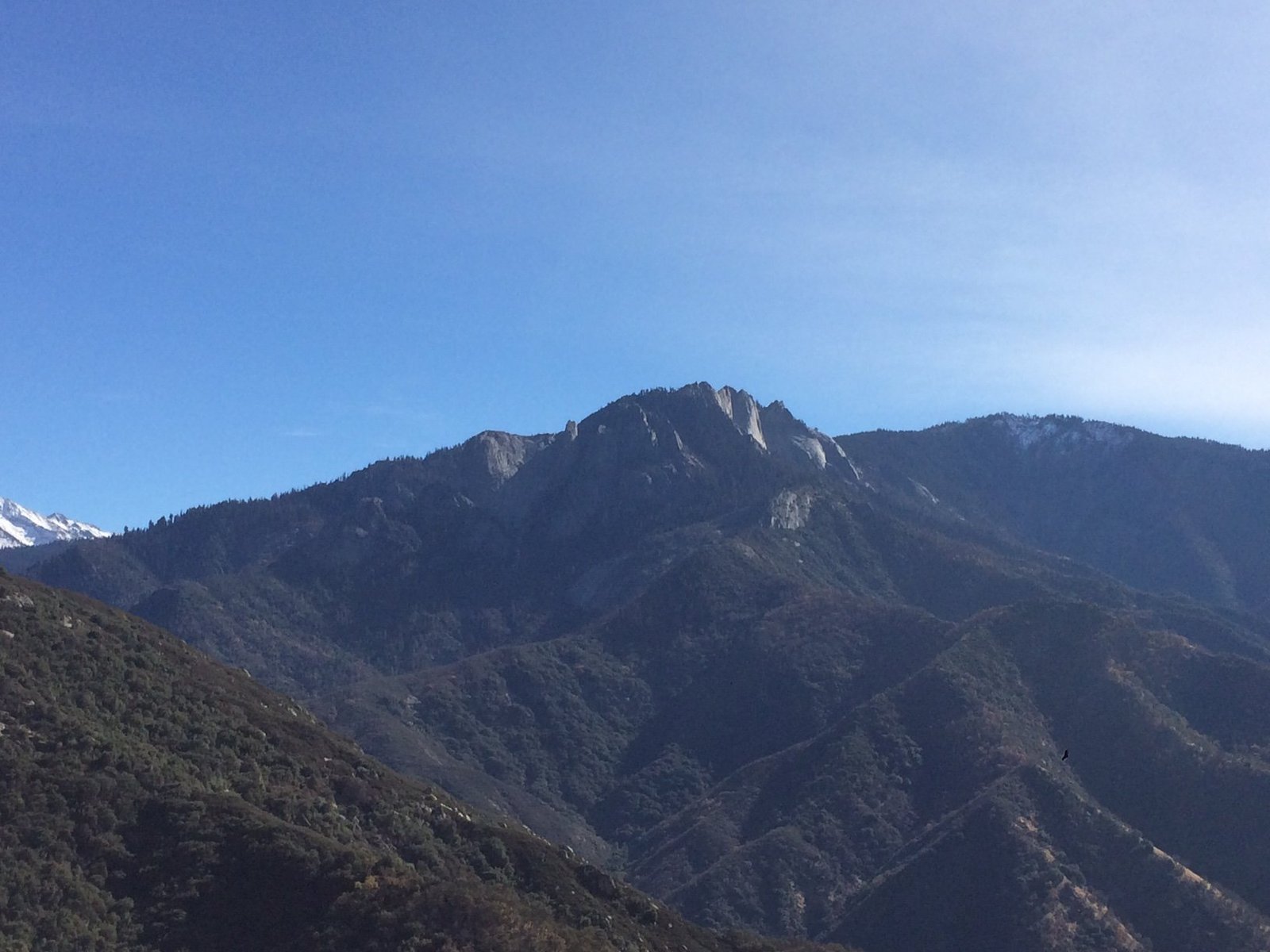Sequoia National Park’s windy roads offer breathtaking views of ancient forests and towering mountains. These scenic routes, while challenging, provide access to some of the most awe-inspiring natural wonders in the United States. Navigating these roads requires careful planning and preparation, especially during winter months when weather conditions can be unpredictable and hazardous.
What Are the Current Driving Conditions on Sequoia National Park’s Windy Roads?

As of late November 2024, driving conditions in Sequoia National Park are challenging due to the onset of winter:
- Road Closures: Several roads are closed for the winter season, including Highway 180 into Cedar Grove and the Mineral King Road inside Sequoia National Park. Highway 198 between Kings Canyon and Sequoia is also closed during winter months.
- Weather Impacts: The area can experience snow, cold rain, and icy conditions, especially at higher elevations. Days can be cool, and temperatures can drop below freezing, particularly in the mornings and evenings.
- Seasonal Challenges: Roads are often winding, steep, and narrow, with reduced visibility and traction due to snow and ice. Tire chains or cables are frequently required from fall through spring.
How Can Visitors Safely Navigate the Windy Roads of Sequoia National Park?

To ensure safe travel on the winding roads of Sequoia National Park, follow these essential tips:
- Carry Tire Chains: Always have tire chains or cables in your vehicle, as they may be required at any time. Learn how to install them before your visit.
- Observe Speed Limits: When snow chains are required, the speed limit automatically becomes 25 mph, regardless of posted signage.
- Prepare Your Vehicle: Ensure your vehicle is equipped for winter driving. If not, consider renting a suitable vehicle. Fuel up before entering the park, as there are no gas stations inside.
- Stay Informed: For current road conditions, call the 24-Hour Park Information Hotline at (559) 565-3341 (press 1, then 1 again). For road conditions outside the park, call (800) 427-7623 or visit CalTrans webpages.
- Plan for Limited Cell Service: Be aware that cell phone service is limited within the park. Inform someone of your itinerary and download offline maps before your visit.
What Are the Most Scenic Routes on Sequoia National Park’s Windy Roads?
Sequoia National Park offers several scenic routes that showcase its natural beauty:
- Generals Highway (Hwy 198)
- Main road connecting Sequoia National Park and Kings Canyon
- May be closed during winter
- Long and winding, offering stunning views of giant sequoias
- Key viewpoints: Giant Forest, General Sherman Tree, Congress Trail
-
Travel times may be extended due to road conditions and one-lane traffic control
-
Mineral King Road
- Closed during winter
- Known for its steep and winding nature
- Offers scenic views when open
Where Can Visitors Find Accurate and Up-to-Date Road Maps for Sequoia National Park?
For the most current information on Sequoia National Park’s windy roads, consult these resources:
- National Park Service Website:
- Official site for Sequoia and Kings Canyon National Parks
-
Provides latest road conditions, construction schedules, and maps
-
Park Visitor Centers:
- Offer trail maps and interpretive literature
-
Provide information on road conditions and safety
-
Road Conditions Hotline:
- Call (559) 565-3341 (press 1, then 1 again)
-
Updated regularly with current road status
-
CalTrans Webpages:
- Check for road conditions outside the park
What Should Visitors Know About Seasonal Changes on Sequoia National Park’s Windy Roads?
Seasonal changes significantly impact driving conditions on Sequoia National Park’s windy roads:
| Season | Road Conditions | Precautions |
|---|---|---|
| Winter | Icy, snowy, limited visibility | Chains required, some roads closed |
| Spring | Wet, possible lingering snow | Check road status, carry chains |
| Summer | Generally clear, busy | Watch for wildlife, expect delays |
| Fall | Variable, early snow possible | Be prepared for sudden changes |
How Does Elevation Affect Driving on Sequoia National Park’s Windy Roads?
Elevation plays a crucial role in driving conditions within Sequoia National Park:
- Lower elevations (1,000-4,000 feet):
- Milder conditions year-round
- Less likely to require chains
- Mid elevations (4,000-6,000 feet):
- Snow possible from late fall to early spring
- Chain requirements more frequent
- Higher elevations (above 6,000 feet):
- Snow common from fall through spring
- Roads may be closed in winter
- Always carry chains when traveling to these areas
What Are the Most Challenging Sections of Sequoia National Park’s Windy Roads?
Some of the most challenging sections of Sequoia National Park’s windy roads include:
- Generals Highway between Hospital Rock and Giant Forest:
- Steep grades
- Sharp turns
-
Narrow lanes in some areas
-
Mineral King Road (when open):
- 25 miles of steep, narrow, and winding road
-
Not recommended for RVs or trailers
-
Moro Rock/Crescent Meadow Road:
- Narrow with tight turns
- Closed to private vehicles during peak season (shuttle service available)
How Can Visitors Prepare Their Vehicles for Sequoia National Park’s Windy Roads?
Proper vehicle preparation is crucial for safely navigating Sequoia National Park’s windy roads:
- Brakes: Ensure brakes are in good condition to handle steep descents.
- Tires: Check tire tread and pressure; consider snow tires for winter visits.
- Windshield Wipers: Replace worn wipers and fill washer fluid reservoir.
- Antifreeze: Ensure proper levels and concentration for cold temperatures.
- Emergency Kit: Pack blankets, water, snacks, flashlight, and first-aid supplies.
- Full Tank: Fill up before entering the park; no gas stations inside.
By following these guidelines and staying informed about current conditions, visitors can safely enjoy the stunning beauty of Sequoia National Park’s windy roads throughout the year.

